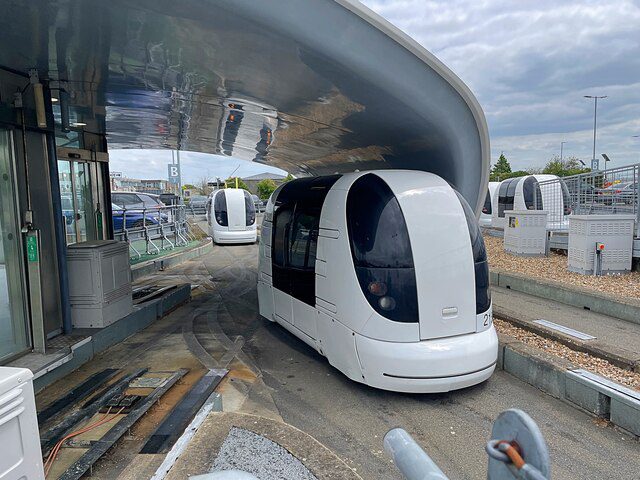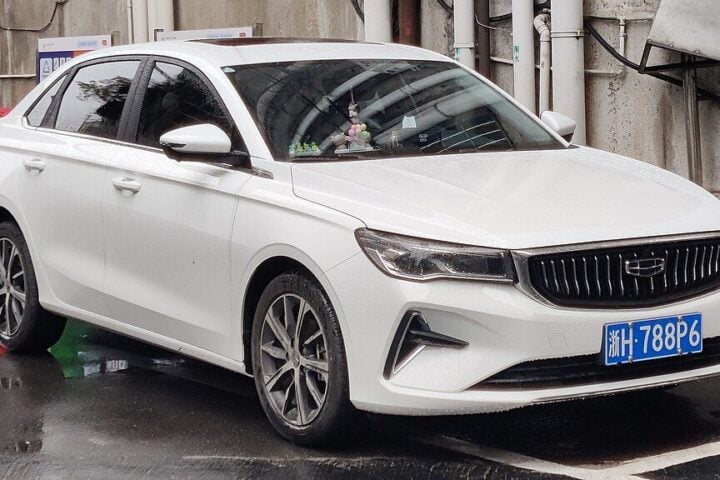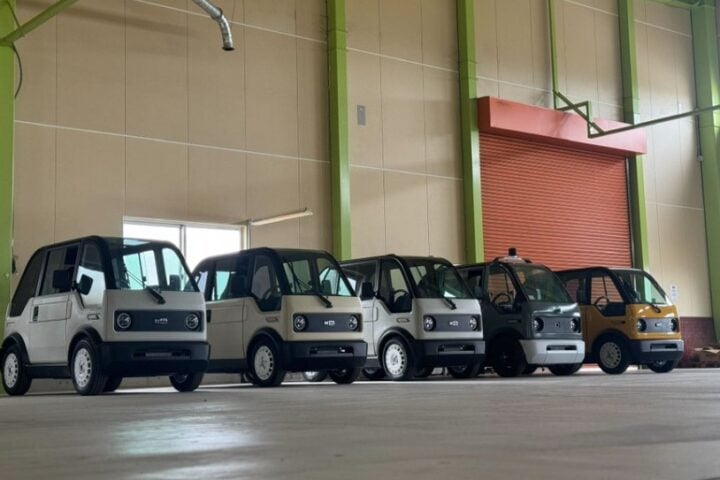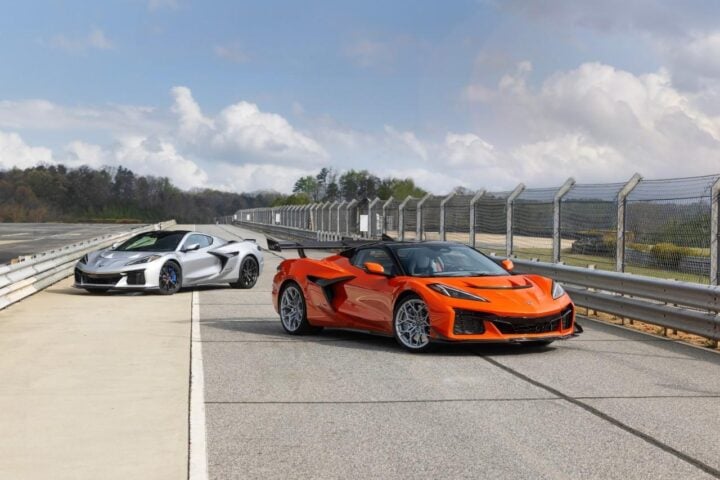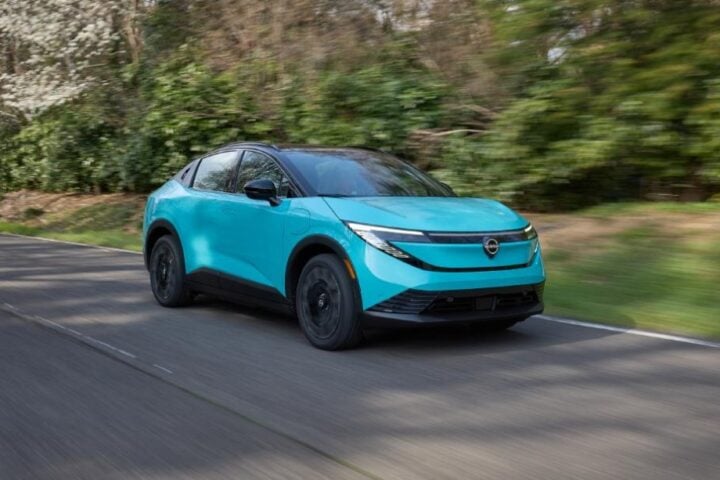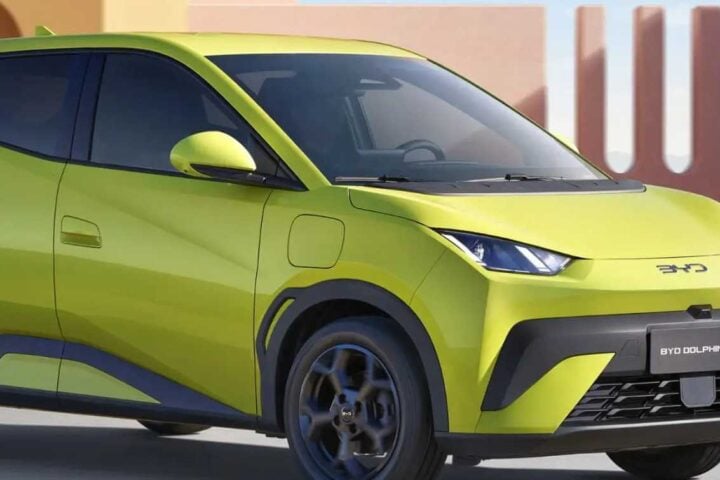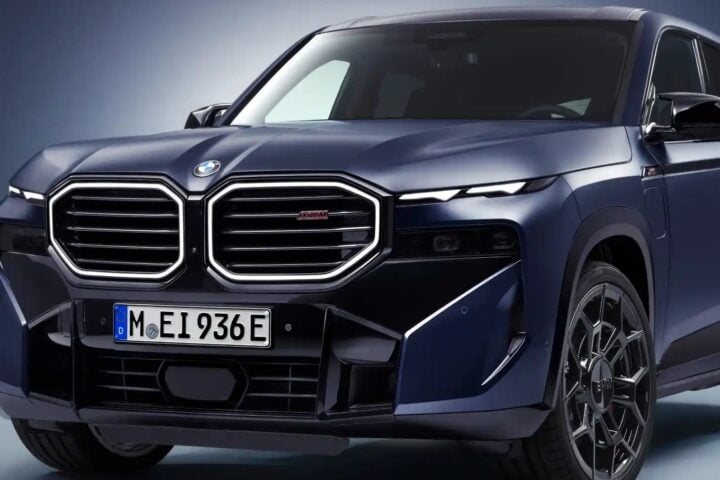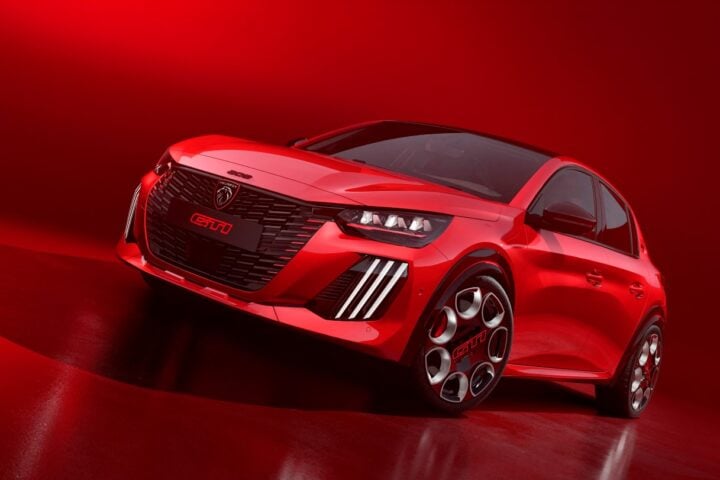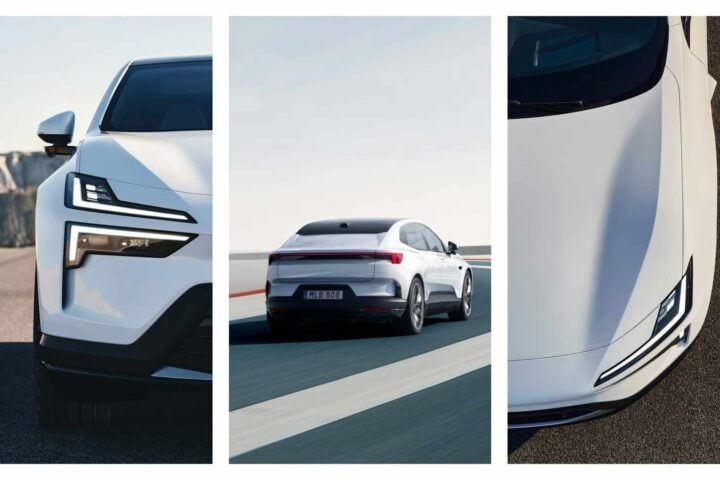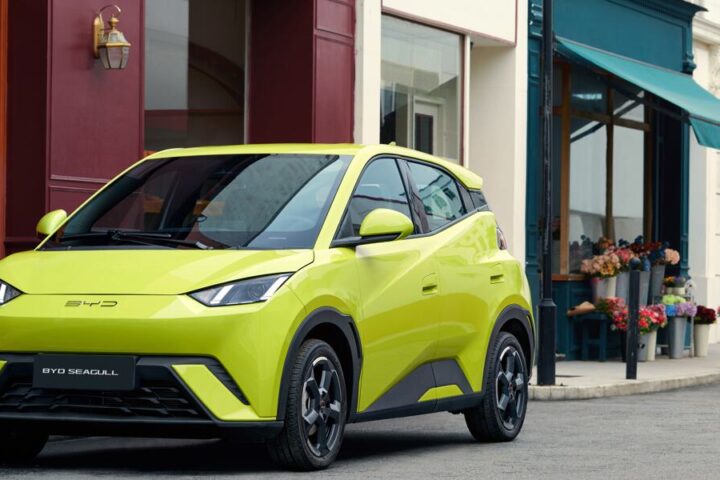The company successfully completed a rated power test of the one-megawatt (MW) electric motor used in the hybrid-electric flight demonstrator. The focus of RTX’s efforts is a regional flight demonstrator project in collaboration with federal and local Canadian governments. The project aims to utilize a one-megawatt electric motor, developed by Collins Aerospace (Collins), and a highly efficient thermal engine, developed by Pratt & Whitney (P&W), to assist in powering the takeoff and ascent of a De Havilland Canada Dash 8-100 turboprop aircraft. The priorities of this project, which centers around hybrid-electric flight, include achieving a 30% improvement in fuel efficiency and reducing carbon dioxide (CO2) emissions compared to current regional turboprops. The key to accomplishing these goals lies in the engineering of the 1MW motor. Collins, based in the United Kingdom, is working on the motor at its Solihull facility near Birmingham. The company’s objectives include achieving a four-fold increase in power output compared to its current motors, doubling the voltage, and improving heat efficiency and weight reduction by 50%.

“With its industry-leading power density and efficiency, our 1MW motor will help to significantly reduce aircraft carbon emissions by supporting hybrid-electric propulsion architectures on the next generation of commercial platforms,” said Henry Brooks, President of Power and Controls for Collins Aerospace. The ultimate objective is to develop a hybrid-electric propulsion system that delivers a 30% improvement in fuel efficiency and CO2 emissions compared to today’s most advanced regional turboprops. The 1MW motor is designed to provide four times the power and twice the voltage, while reducing heat loss and weight by half compared to Collins’ current electric motor generators. Collins is currently developing the 1MW motor at its Solihull facility and testing it at the University of Nottingham’s Institute for Aerospace Technology. The testing of the combined hybrid-electric propulsion system, including both the thermal engine and the 1MW motor, will continue throughout 2023. The first low-speed engine run took place in December at a Pratt & Whitney Canada facility in Quebec.
Similar Post
Once the testing phase is complete, the hybrid-electric system will be installed on a Dash 8-100 demonstrator aircraft, and test flights are scheduled to begin in 2024. “Hybrid-electric propulsion technology offers significant potential to optimize aircraft efficiency across a range of future aircraft applications and is a key part of our technology roadmap for supporting more sustainable aviation,” said Jean Thomassin, Pratt & Whitney Canada’s executive director of new products and services. The European Union has shown particular interest in achieving a zero-emissions future in the aerospace industry. The results of this hybrid-electric project, with the 1MW motor at its forefront, will be a key component of this initiative. Additionally, the motor will form the foundation of the SWITCH project, part of the European Union’s Clean Aviation initiative, which plans to use Pratt & Whitney’s geared turbofan hybrid-electric powertrain.
The development and testing of the powertrain will take place at The Grid, a $50 million electric power systems lab at Collins’ Rockford, Illinois facility. This lab will be opening later this year and will be pivotal in advancing electric propulsion technologies. In summary, RTX’s achievement in completing the rated power test for the 1MW electric motor represents a significant step forward in the pursuit of sustainable aviation. The collaboration with Collins Aerospace, De Havilland Canada, Pratt & Whitney, and the Canadian government demonstrates a shared commitment to reducing carbon emissions and achieving a more sustainable future in the aviation industry.

